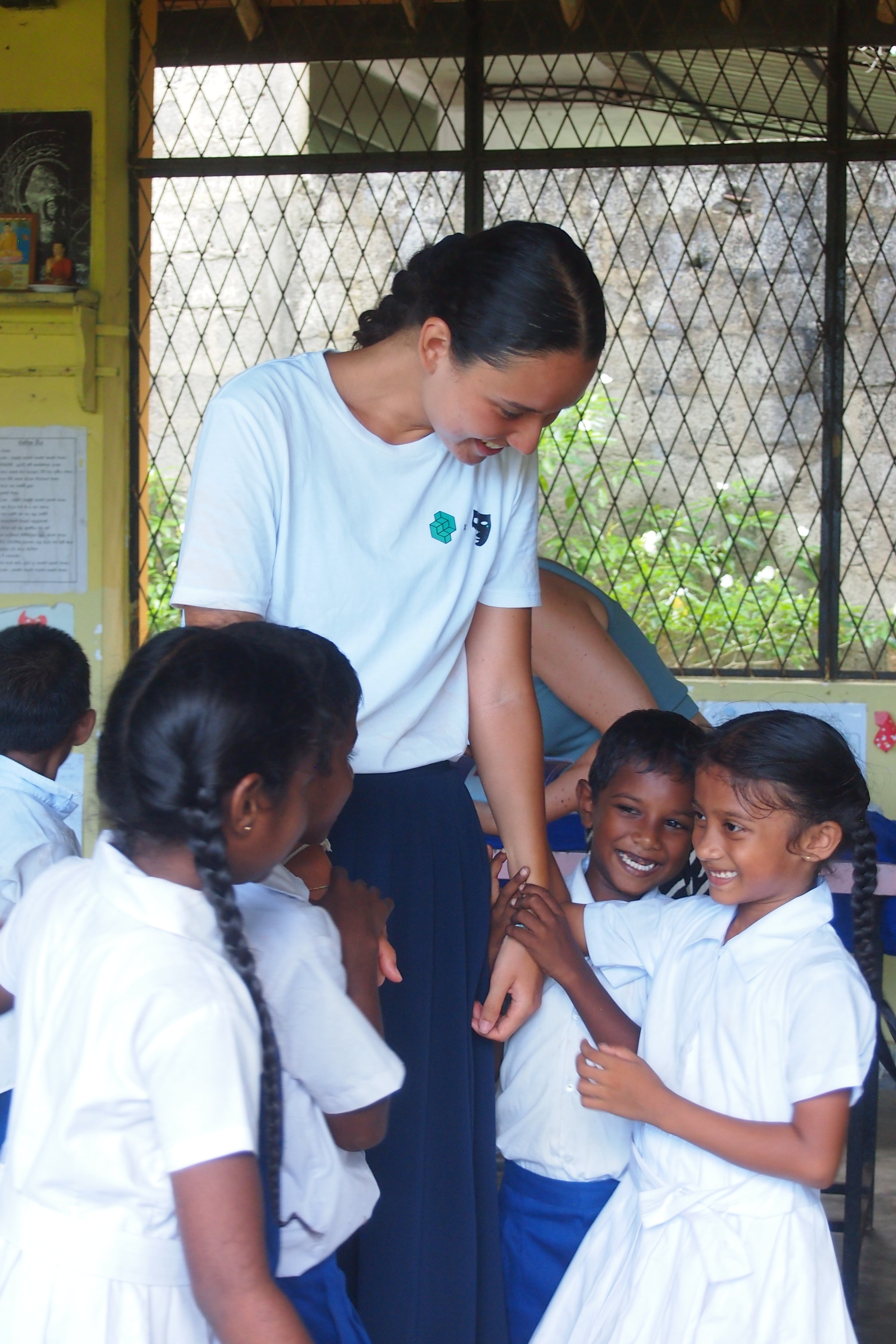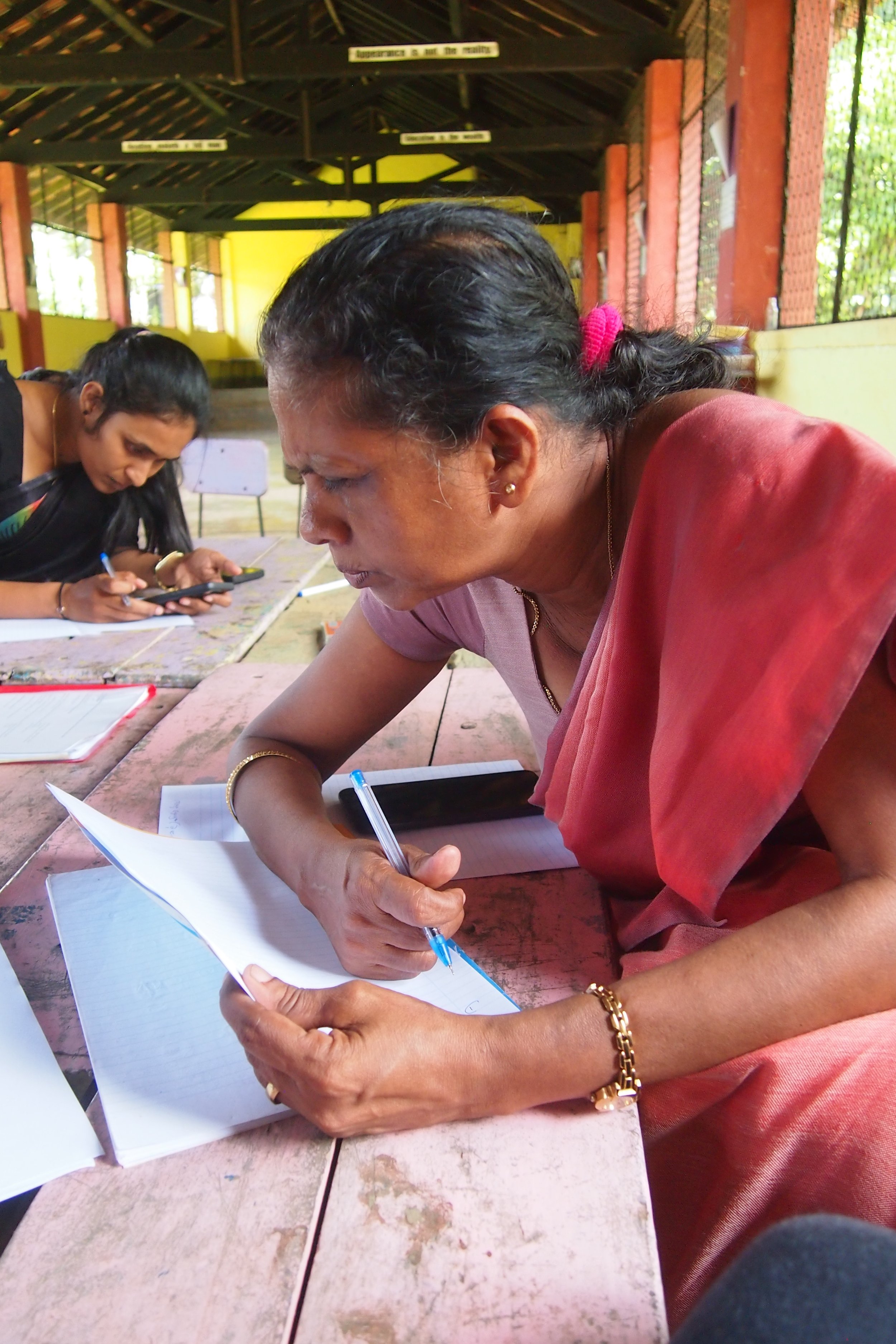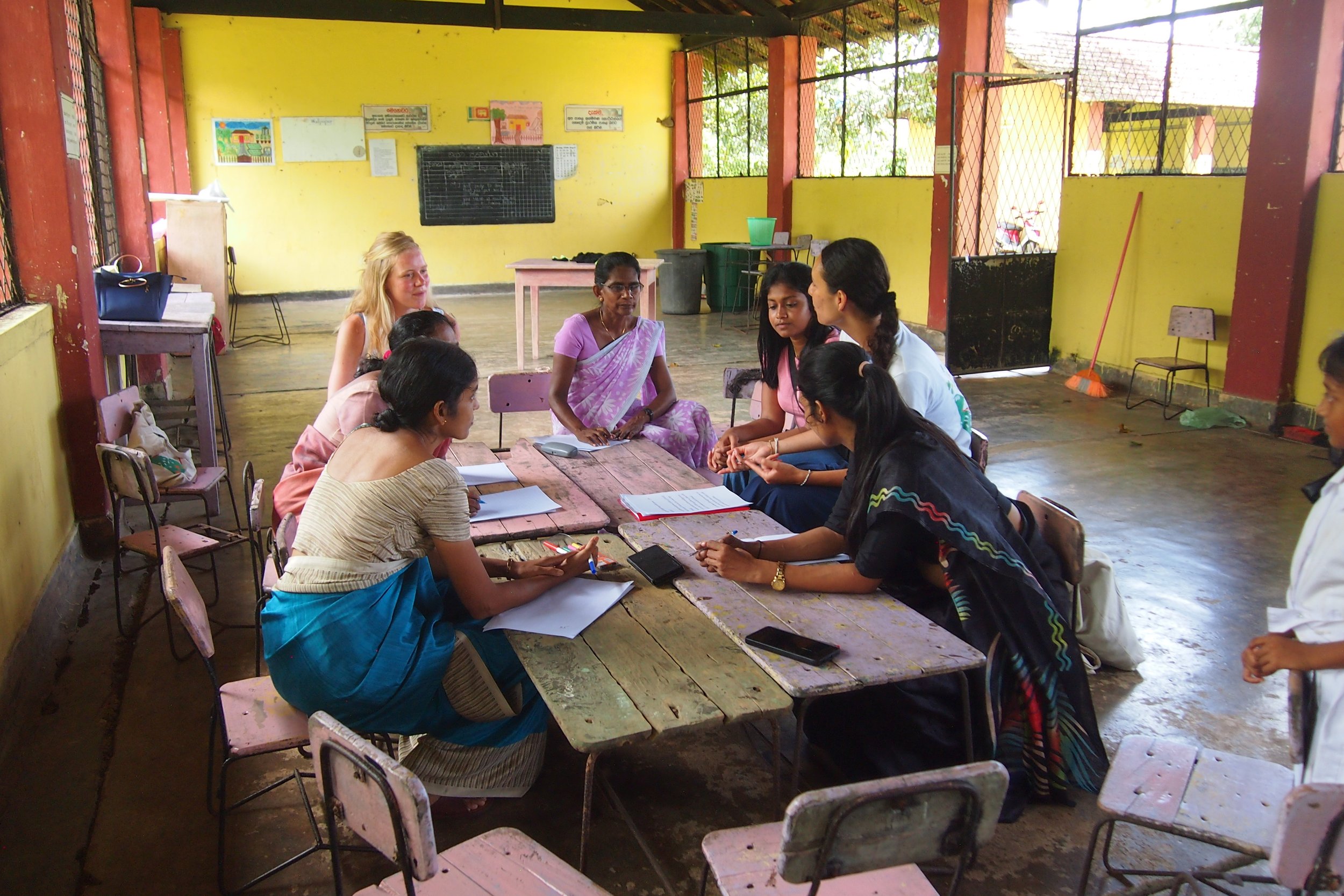A cobra in the schoolyard
28 March 2024 - 8 April 2024 (wk 4,5)
Ayuobowan!
If you have missed the blog about our stay with a guest family in Mannar Island I recommend you to read that first. Thank you and I hope you enjoy this week’s blog about our fieldwork in Galle.
The largest city of the Southern Province
Did you know that the Dutch used the rooster as a symbol of Galle? The Dutch colonised Sri Lanka in the 17th century and heavily fortified the port of Galle. Walking around Galle Fort you won’t be able to miss its colonial history, Galle truly wears its history on its sleeves. Nowadays, Galle is a big city with a population of more than 93,118 people. Around the city of Galle you will find hilly countryside, palm plantations, and a lot of rural areas. Which is where we focused our fieldwork on.
Panagamuwa Amarasinghe Primary School
For the second round of pre-testing and focus groups we visited Panagamuwa Amarasinghe Primary School. The primary school is a government school that was established in the 1950s for the children of low income households. The parents of these students typically have jobs such as fishermen, labour workers, and housemaids. Panagamuwa Amarasinghe Primary School is one of the few schools in the area that does not charge a high annual fee and also offers free breakfast meals for their students. Making this school very attractive to the families of a low economic status.
Little Leaders
This was not my first time visiting Panagamuwa Amarasinghe Primary School. For Little Leaders Foundation I coordinate Project READ together with our Project Manager, Ashwini Karunathilaka. Project READ provides all students with scholarships and assists the school with renovations, and purchasing other necessary curriculum resources. Despite the lack of resources, the school has two major strengths; the motivation of the students to learn and the tireless devotion of the teachers to teach. If you want to help out too you can become a sponsor for Project READ via the following link: All Help Is Welcome.
It is an understatement to say that we had a very warm welcome from both the students and the teachers! Now back to Project SERPENT.
Project SERPENT
Just a quick refresher: Project SERPENT aims to increase the awareness of snakebite prevention and treatment in rural communities. We want to do so by creating a tool that can be used to teach the public about prevention and first aid pertaining to snakebites. Essentially, empowering the rural communities to prevent snakebites and become equipped to aid a person who has been bitten by a snake.
In order to create this intervention, firstly, we need to find out what it is that the participants already know about snakebites. Therefore, we have created a pre-test that contains questions from four different categories; (1) general information about snakes; (2) identification of snakes; (3) prevention; and (4) first aid. The pre-test is multiple choice and was translated into Sinhala for the participants of this round of testing.
We asked the teachers to fill out the pre-tests individually. If you’re curious about the results, stay tuned for next week’s blog!
Focus group
During the focus group we discussed the teachers feelings in regards to snakes. All teachers are scared of snakes and do not know what to do to prevent or treat snakebites. Their fear comes from not knowing the difference between venomous and non-venomous snakes. Upon coming across a snake they typically will call the fathers of the students to come and remove them. This mainly ends in the snake being caught and killed.
The teachers have never learned about snakebite prevention or treatment. Nor do they have basic knowledge of first aid. Another thing we learned in the focus group is that, similarly to the teachers in Mannar, they have a lot of knowledge about Ayurvedic treatment methods. Ayurvedic treatment is commonly practiced amongst communities in Sri Lanka. Examples of Ayurvedic treatment for snakebites would be the consumption of medicinal herbs to strengthen the immune system or the use of Condy’s crystals to remove the venom out of the body. The teachers are aware that in the case of bites from venomous snakes, medical attention is required.
Another challenge is that this school does not have money to pay for labour to cut the grass. The student restroom is in a little outhouse behind the school building. To get there you would have to walk through a field of grass, where the week prior to our arrival the teachers found a cobra! Another issue is that the school has not been renovated since its inception in the 50s. There are a lot of holes, doors that don’t shut and no glass windows. The instances in which snakes have gotten inside the building are numerous. In the schoolyard you can find a Buddha statue, where the children come for prayers in the morning before class. The statue’s backside has a hole in it and when teachers looked inside they found a snake nest with baby cobras inside.
Because of all these incidents the teachers feel motivated to learn more about this topic as there are a lot of snakes around the school premises and they feel responsible for the well-being of the students.
What’s next?
Now that we have collected all the data from our fieldwork we can start developing our intervention! One thing that was important to us was that we would develop something in collaboration with the participants of the project. Hence, ensuring that the intervention would be integrated in the community for the long term! When asking the teachers how they prefer to learn and teach, both groups replied that they would want something physical that could be kept inside the classroom. When it came down to picking a material they all opted for a poster.
In the next blog we will show you the final result of the poster and share the results of both the pre-and the post tests! Let’s find out if our intervention worked.
Bohoma istuti! (Thank you)
Photography by Floortje Tamerus






